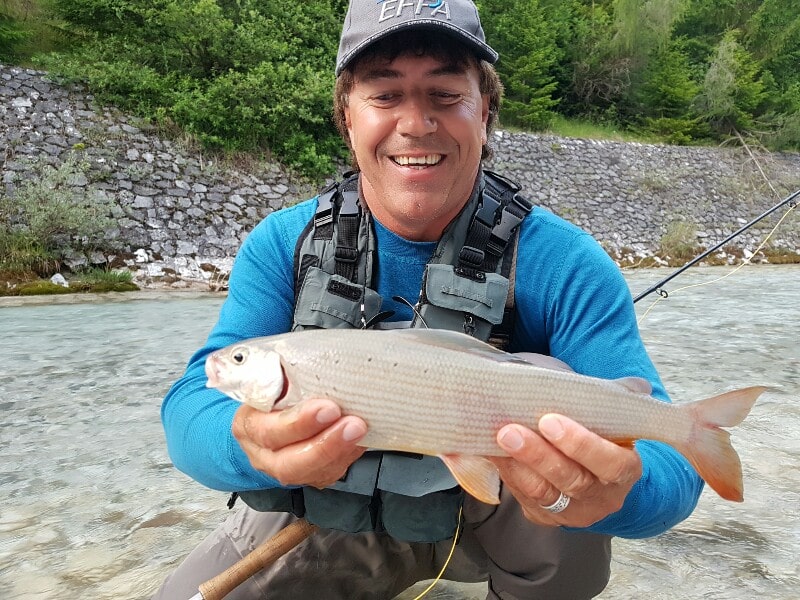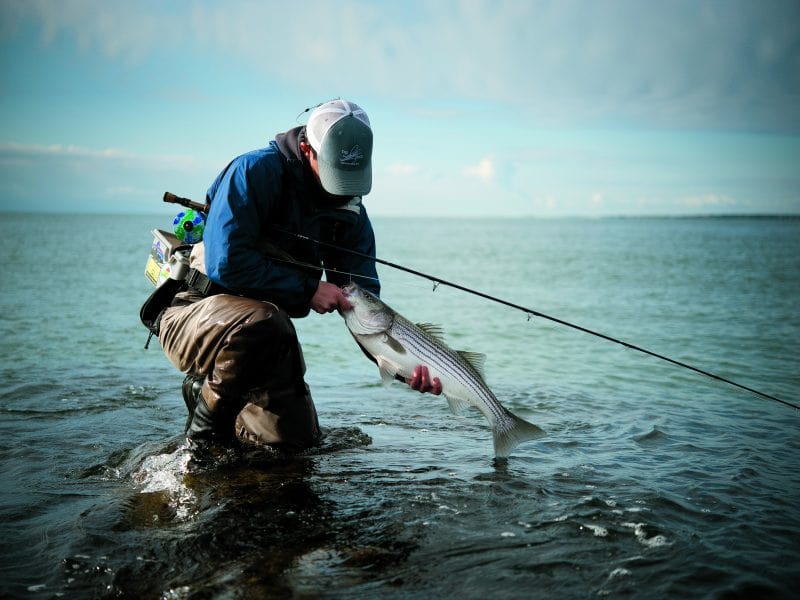Many anglers who are brand-new to fly fishing think about dry fly fishing the “typical” way of capturing trout. Well, that’s not entirely real. Wet fly fishing dates back centuries, well prior to dry fly fishing happened.
Damp fly fishing is one of the very best methods for anglers to get presented to sub-surface fishing. Unlike fairy as well as completely dry fly fishing, where skill, technique and specific imitations are required to successfully take trout constantly, damp fly fishing can supply benefits quickly – also to beginner fishermens. Unlike completely dry fly fishing and also nymph fly fishing – when using wet flies, the fishermen is not attempting to specifically imitate any type of specific bug.
Damp Fly Fishing: Basic Overview
As opposed to looking specifically like a certain kind of pest, a wet fly is more an imitation of a stage of life of marine bugs. Several wet flies copy a battling nymph as it tries to get to the surface area of the river. These exact same damp flies additionally suitably imitate dead or sinking bugs. In any case, something about damp flies is that they typically mimic aquatic pests in motion (relocating to the surface area, drowning in the water, etc.) – not simply floating happily along in the current, completely helpless (although that is done, also!).
Unlike completely dry fly or fairy fly fishing, damp fly fishing can likewise be really fulfilling to beginner fishermens. Perfect, or even excellent technique, is not required for new fishermens to hook some good fish. As well as the reason for this is as a result of the method most damp fly fishing is done – neither calling for excellent casts nor split-timing when setting the hook.
When fly fishing with damp flies, anglers often will make use of 2 or even more flies with each other. By utilizing two or more flies together in a dropper setup (defined later), a fishermen can boost their opportunities of finding biting trout.
So, allow’s take a close check out exactly how wet fly fishing works, what is utilized and why any fishermen should give it a try – even on those rivers that are usually the dry fly angler’s playground.
There are various kinds of flies readily available for damp fly fishing. Typically, most damp flies have soft hackling.

The reason for this is since this kind of hackling has fibers in it that move around in the water – sort of inviting the trout to take it in.
Furthermore, unlike most fairies, wet flies are designed to sink instead promptly, considering that damp fly fishing is usually done closer to the bottom of the river. Consequently, several damp flies have a tendency to be a little bit heavier and also are tied in a wide range of methods. Each way designed to sink the fly in a specific manner than the common fairy.
Frequently, damp flies have a tendency to be fished in areas that have fast relocating water. Because of this, lots of fishermens fly fish damp flies making use of a sinking suggestion line. While making use of a sink-tip fly line can absolutely help the fly in coming down to the ideal deepness, an angler that only has a drifting fly line should not misery. Normally, simply using weights on the leader or the fly line can do an adequate job of taking down a damp fly to the ideal depth.
Damp Fly Fishing: Dropper Flies
As discussed, wet flies are regularly fished in groups of flies – not simply a solitary fly by itself. When a 2nd, or 3rd, fly is used, it is called a “dropper fly”. A dropper fly, which is a very efficient as well as instead old technique of wet fly fishing, is a fly that is tied to the primary leader.
When rigging up your fly fishing gear utilizing a dropper fly, merely affix the initial fly onto completion of the tippet as you normally would. Then, for the 2nd fly, take a 12 inch of tippet product and tie it to the leader about 12-24 inches above the first fly. Connect the 2nd fly to the end of that line. You currently have a dropper fly set up.
Extra flies can additionally be connected – you are in no way limited to simply making use of 1 or 2 flies. Nevertheless, the even more flies you have, the greater the likelihood of tangles happening – both when casting and also in hooking undersea obstructions. For beginner anglers, it is probably best to begin with one fly, after that go to two flies when comfortable with basic spreading as well as wet fly fishing method.
Regardless, one wonderful thing about a dropper fly is that it enables anglers to test out flies at the same time. Hence, you can connect on one type as normal, then tie on an entirely various looking wet fly as a dropper fly. It’s a wonderful way to swiftly experiment around to see what works as well as what doesn’t on a particular river (especially a new one you’ve never fished prior to). you might also be awarded with having 2 or more fish hooked concurrently.





